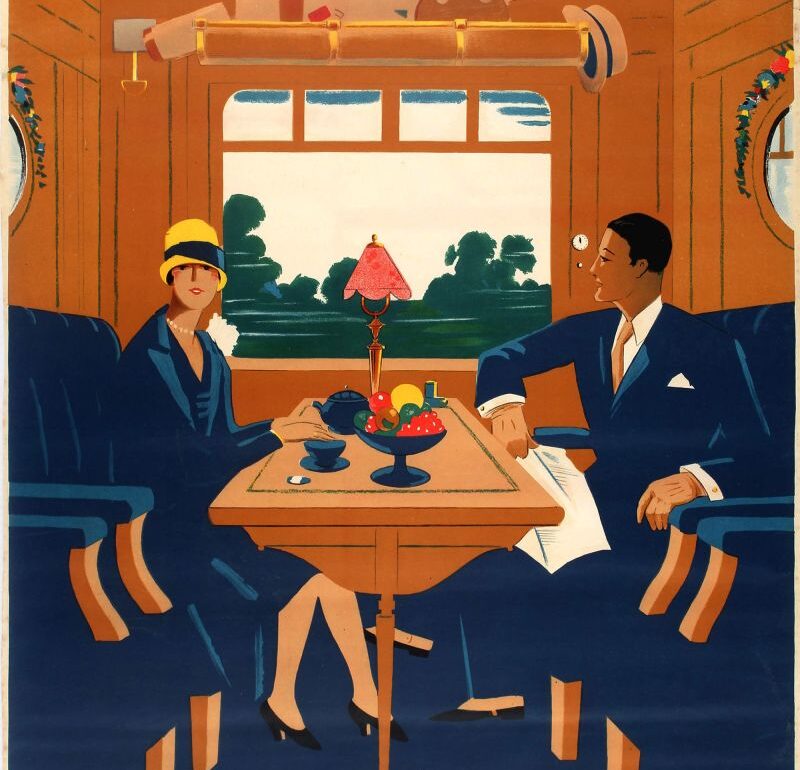When Europe’s Railroad Dining Cars Were the Height of Luxury
Europe’s railroad dining cars were once the epitome of luxury travel. The iconic Orient Express, which embarked on its inaugural journey from Gare de l’Est in Paris in 1883, set a new standard for on-board dining. The train’s dining car featured a menu that included delicacies such as oysters, chicken chasseur, and turbot with green sauce. Meals were served in crystal goblets and fine china, utilizing silver cutlery, and the ambiance was enhanced by silk drapes and artwork displayed between the windows.
The dining car’s kitchen was only seven or eight square meters, making it quite challenging to prepare meals for over 100 guests. However, thanks to a central kitchen in a Paris hotel, meals were pre-cooked and transported to the train, alleviating the workload for chefs on board. By 1947, Wagons-Lits was serving approximately 2.5 million meals each year, showcasing the complexity and luxury of the dining car experience.
Despite the decline of the dining car experience post-World War II, there is a resurgence of interest in train travel, and many tourist services now capitalize on nostalgia by offering dining cars that reinterpret the codes of the legendary trains. The upcoming revival of the Orient Express in 2026 will feature a dining car that aims to recreate the luxury and elegance of the original Orient Express.


